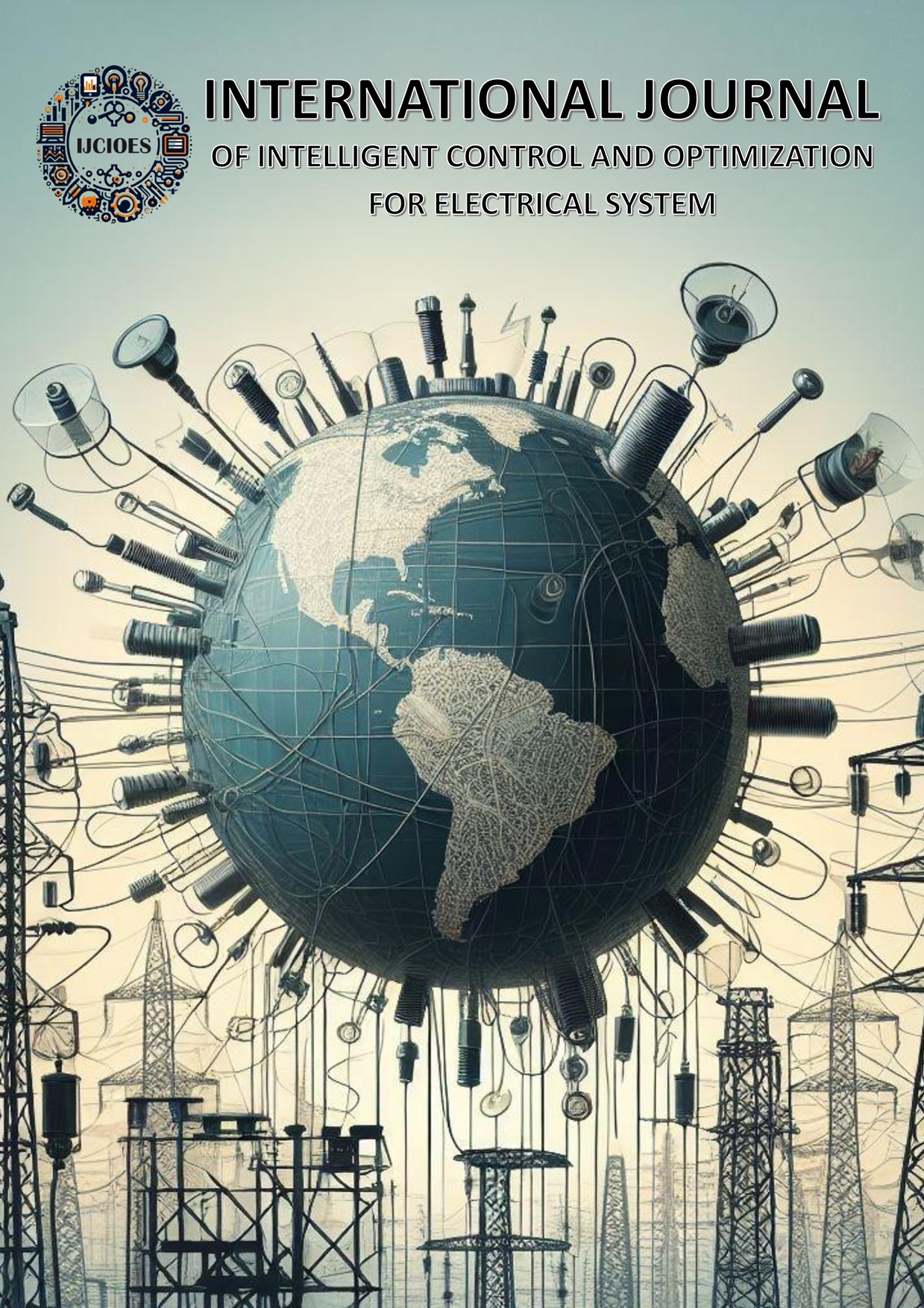Case Study Analysis Using FMEA Method in Evaluating the Reliability Performance Index of the 20 kV North Feeder Distribution Network System at PT. PLN ULP Painan-UP3 Padang
Main Article Content
Abstract
The reliability of the electric power distribution system is a key factor in ensuring adequate, high-quality, and reliable supply for customers. Quality, continuity, and availability of electrical power services are often major issues in distribution systems, especially in the 20 kV distribution network at PT. PLN (Persero) ULP Painan. This study aims to evaluate the reliability of the distribution system in the North Feeder of PT. PLN (Persero) ULP Painan using the Failure Modes and Effects Analysis (FMEA) method, which includes analysis of failure rates, repair time, and recovery time (switching time) for each component in the distribution network. The data used was obtained from UP3 Padang, which recorded a line length of 35.71 km, 46 load points, and 2,729 customers on the North Feeder, with a total of 65,434 customers at ULP Painan. The FMEA calculations resulted in a SAIFI value of 7.17 (events/customer/year), SAIDI of 21.68 (hours/customer/year), CAIDI of 0.3 (hours/frequency/customer), and average ASAI value of 0.999946208 and ASUI of 0.021792699. Based on these results, it can be concluded that the distribution system on the North Feeder of PT. PLN ULP Painan shows unreliable performance and still requires significant improvements, as these values do not meet the reliability standards set by PT. PLN. This study emphasizes the importance of systematically identifying and system failures to improve the quality and continuity of electricity service to customers

